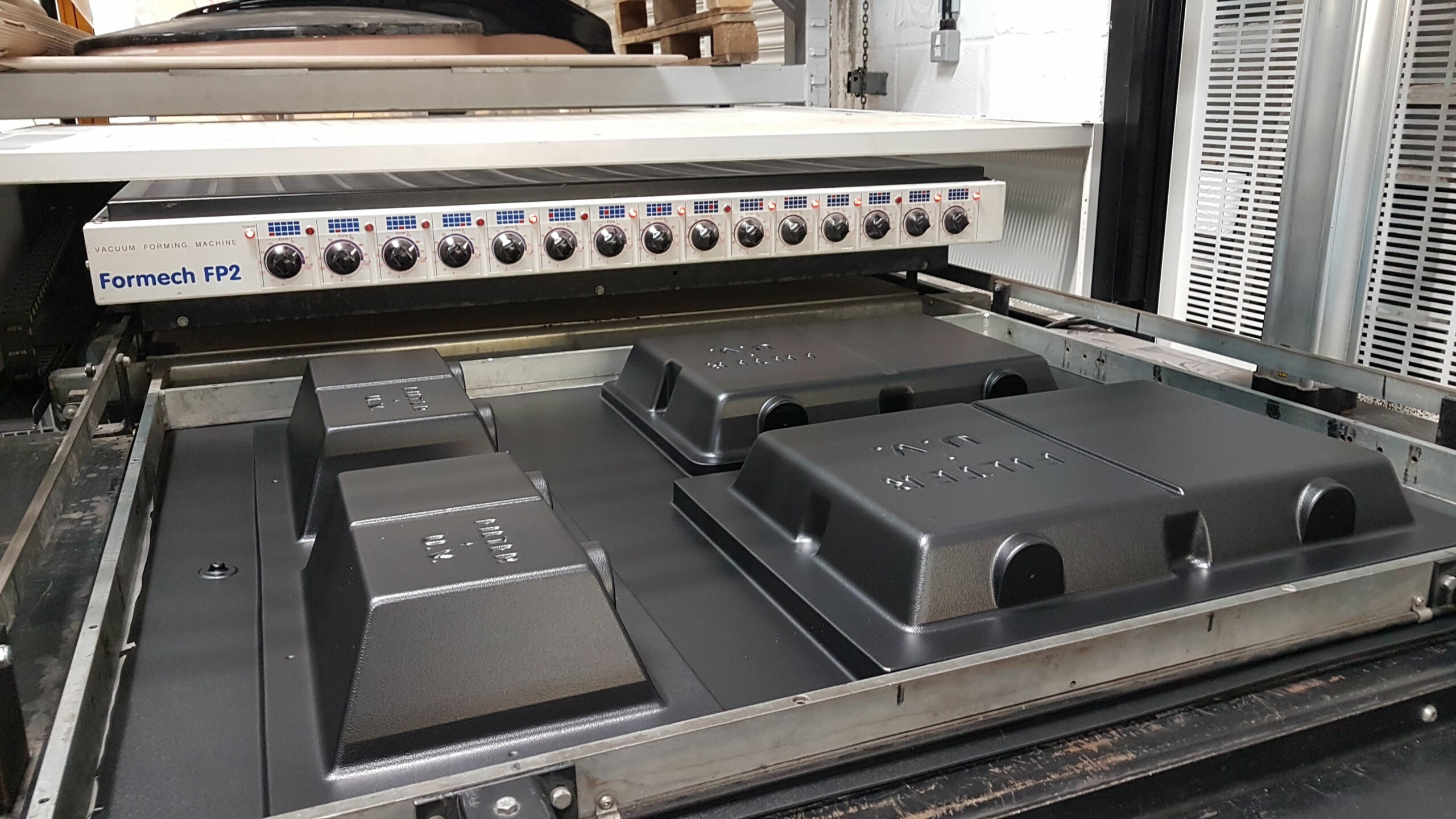How Vacuum Forming Works
How Vacuum Forming Works
Blog Article

Vacuum forming is a popular plastic molding process that involves heating a polymer sheet until it becomes soft, then using vacuum pressure to mold it over a pre-designed mold.
How Vacuum Forming Works
The process initiates with a polymer sheet being softened until it reaches the required forming temperature. Once the material is ready, it is draped over a pattern, and a vacuum is applied to suction the material tightly over the mold, achieving the required shape.
After forming, the material is cooled to retain its shape. The final product is then refined to remove unwanted material and finished for use.
Applications of Vacuum Forming
Vacuum forming finds its uses in markets such as retail for creating lightweight plastic parts. Some typical products made using vacuum forming include:
- Car dashboards
- Clamshell containers
- Hospital trays
- Store signage
Advantages of Vacuum Forming
Vacuum forming is a fast method for producing reliable plastic parts with minimal initial investment. Other key benefits include:
- Quick turnaround
- Economical setup
- Flexibility in design
- Durability
Conclusion
Vacuum forming is a effective process that allows the creation of custom plastic products at a budget-friendly rate.
Vacuum Forming Report this page